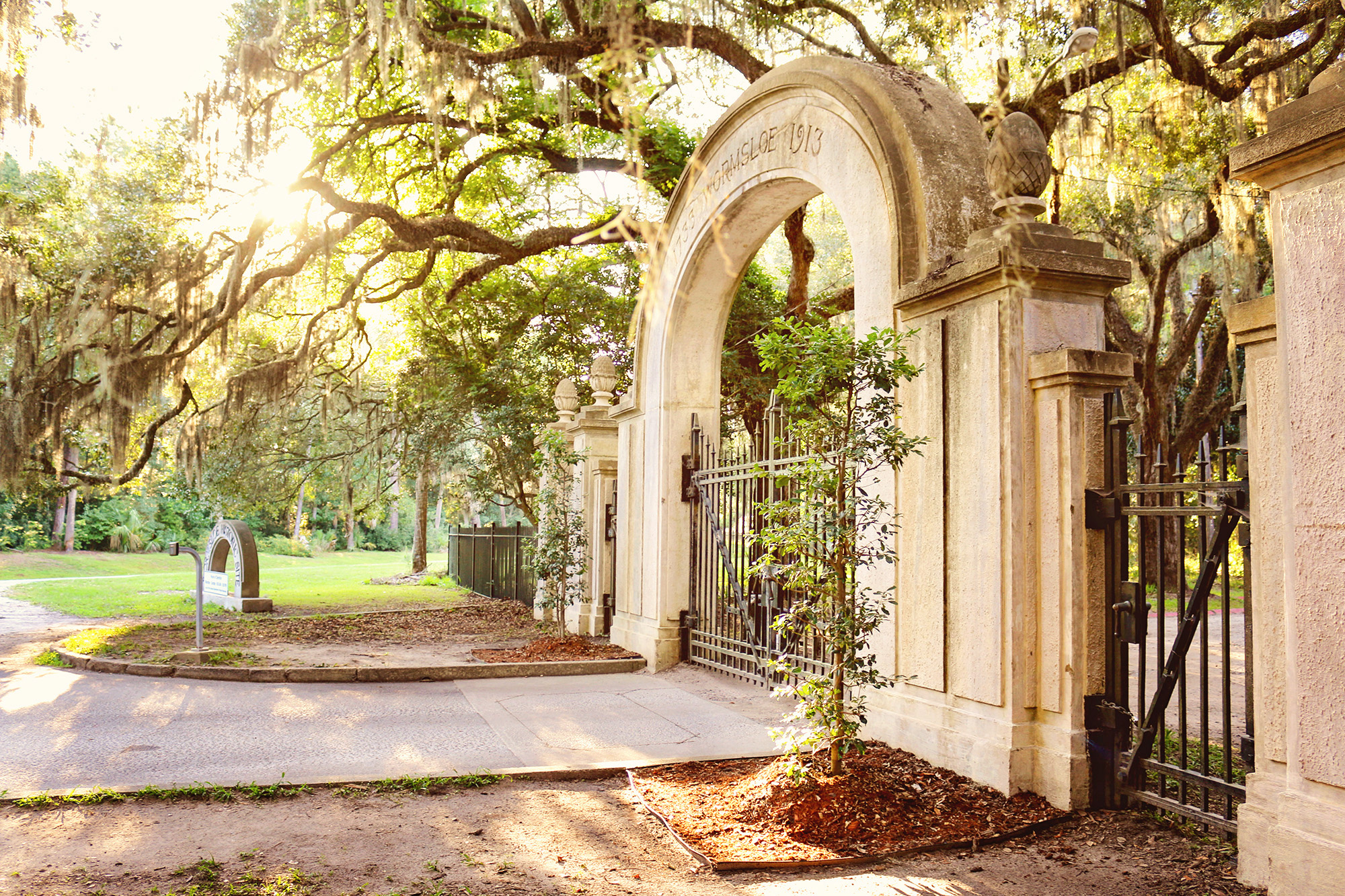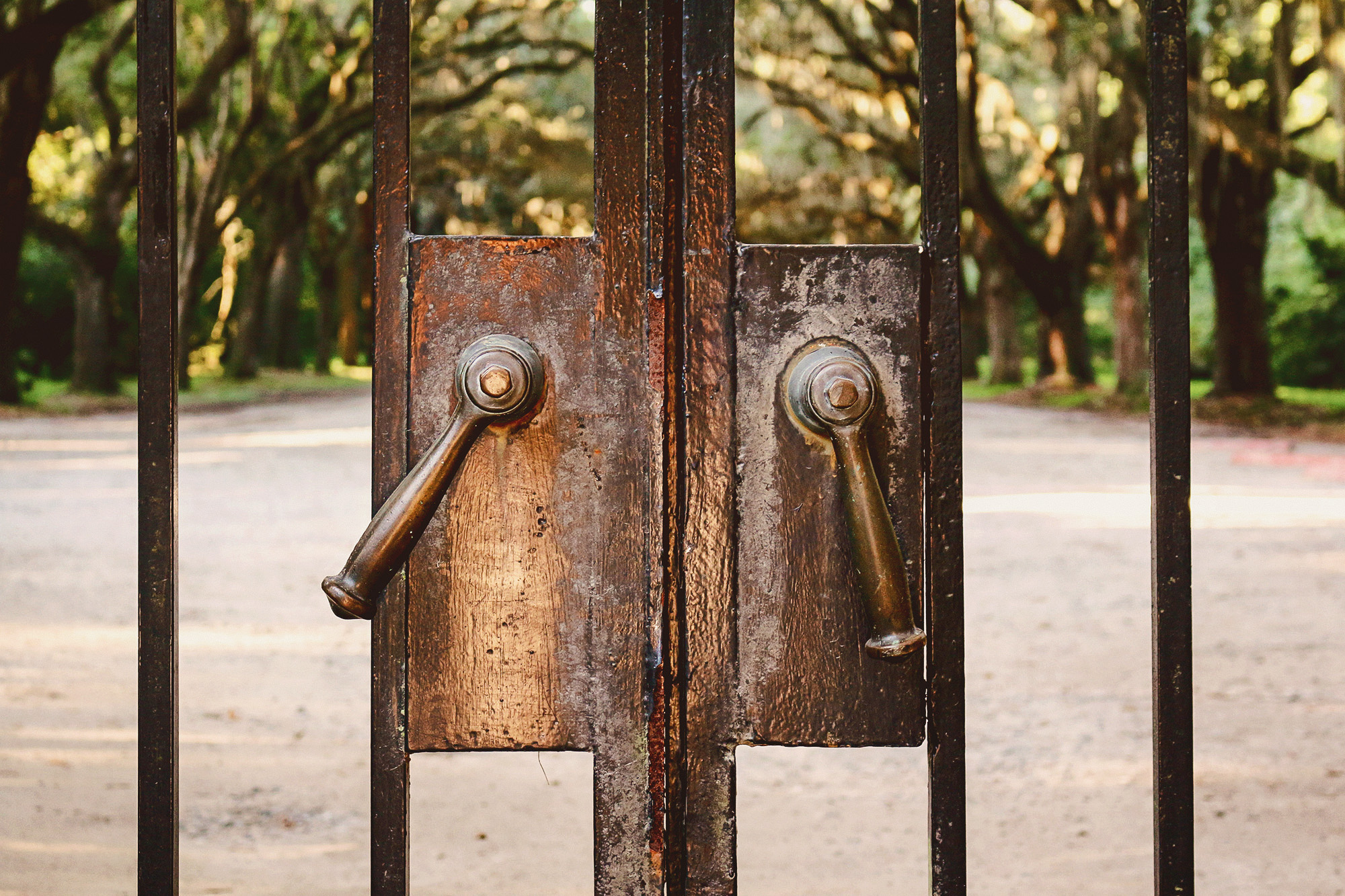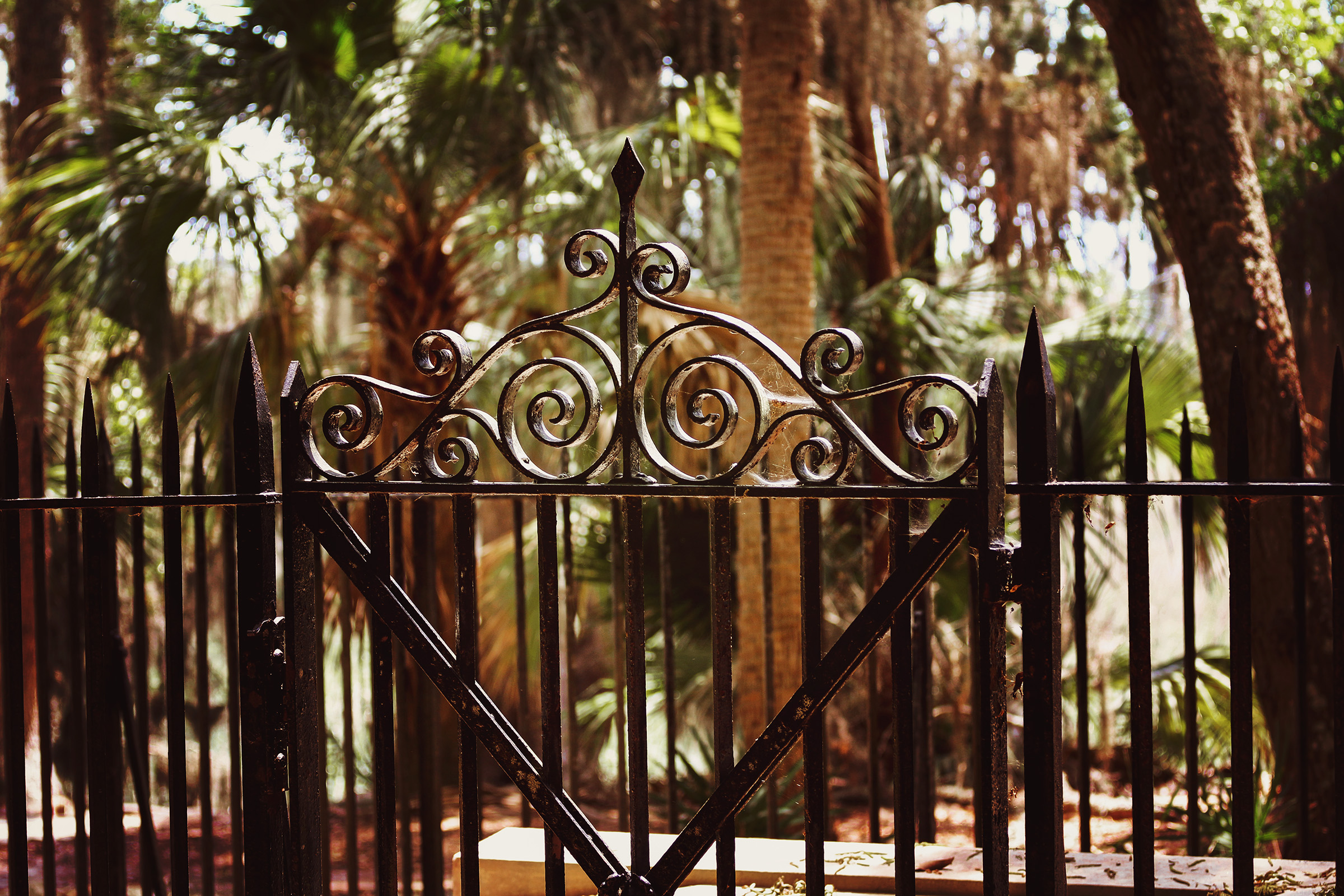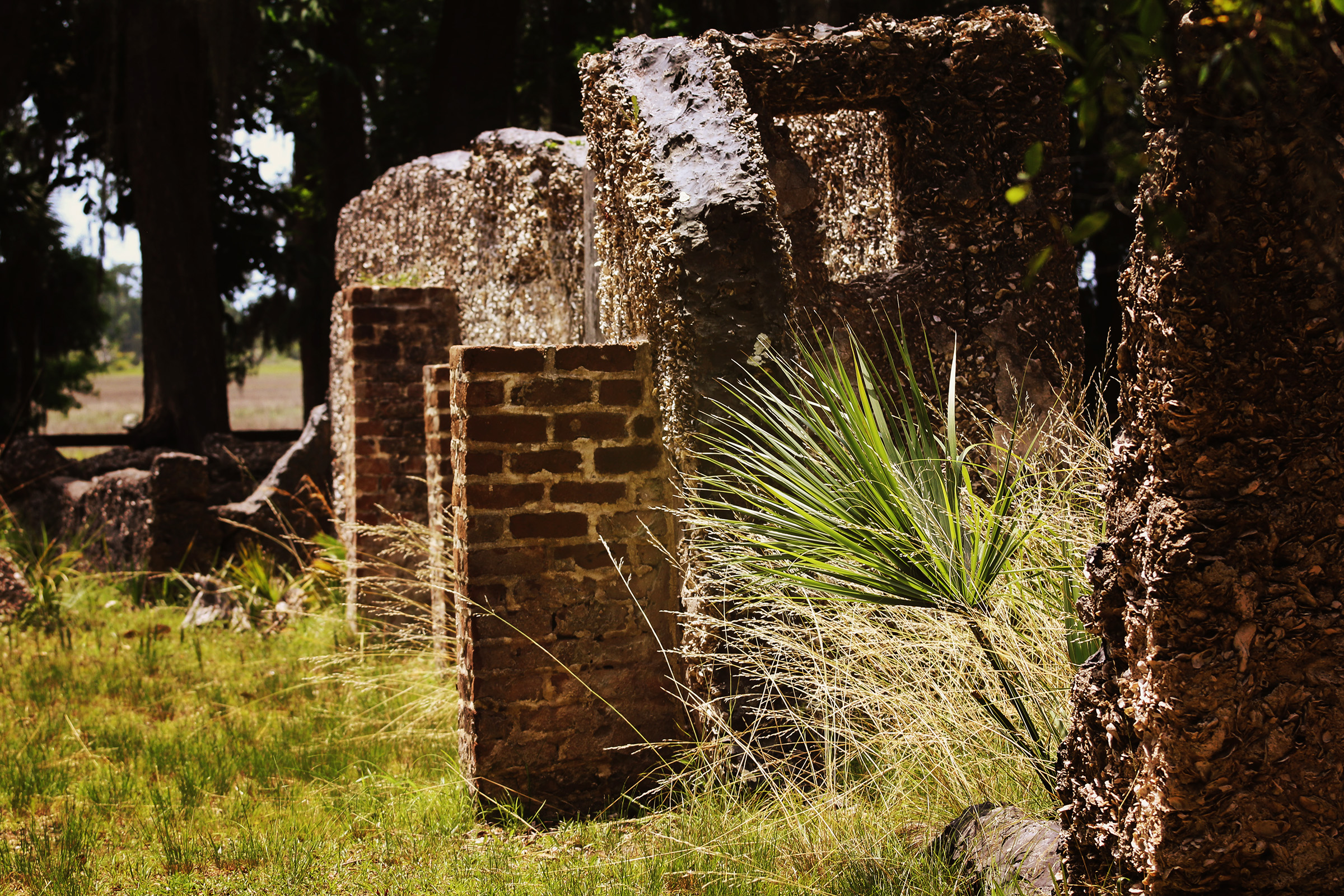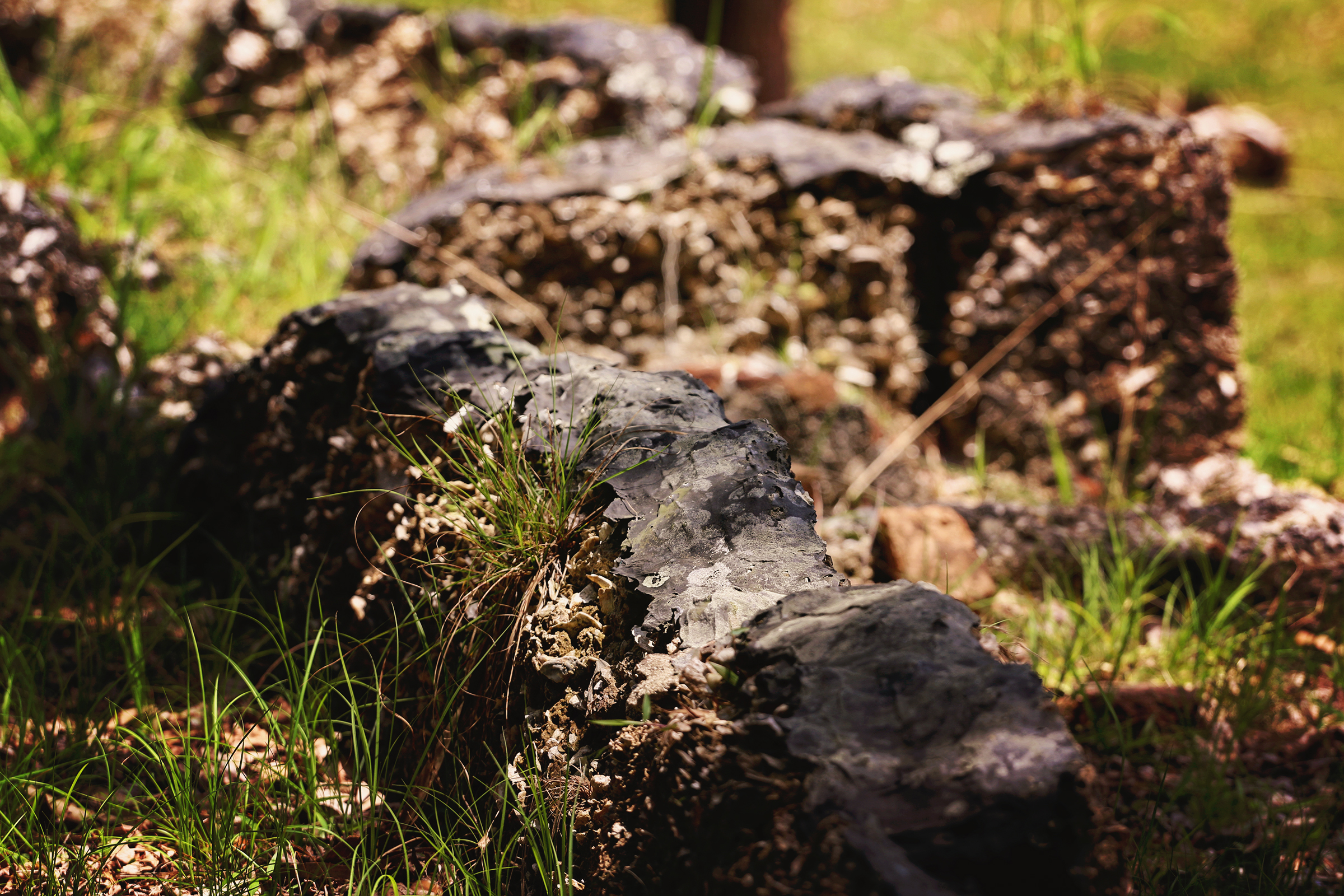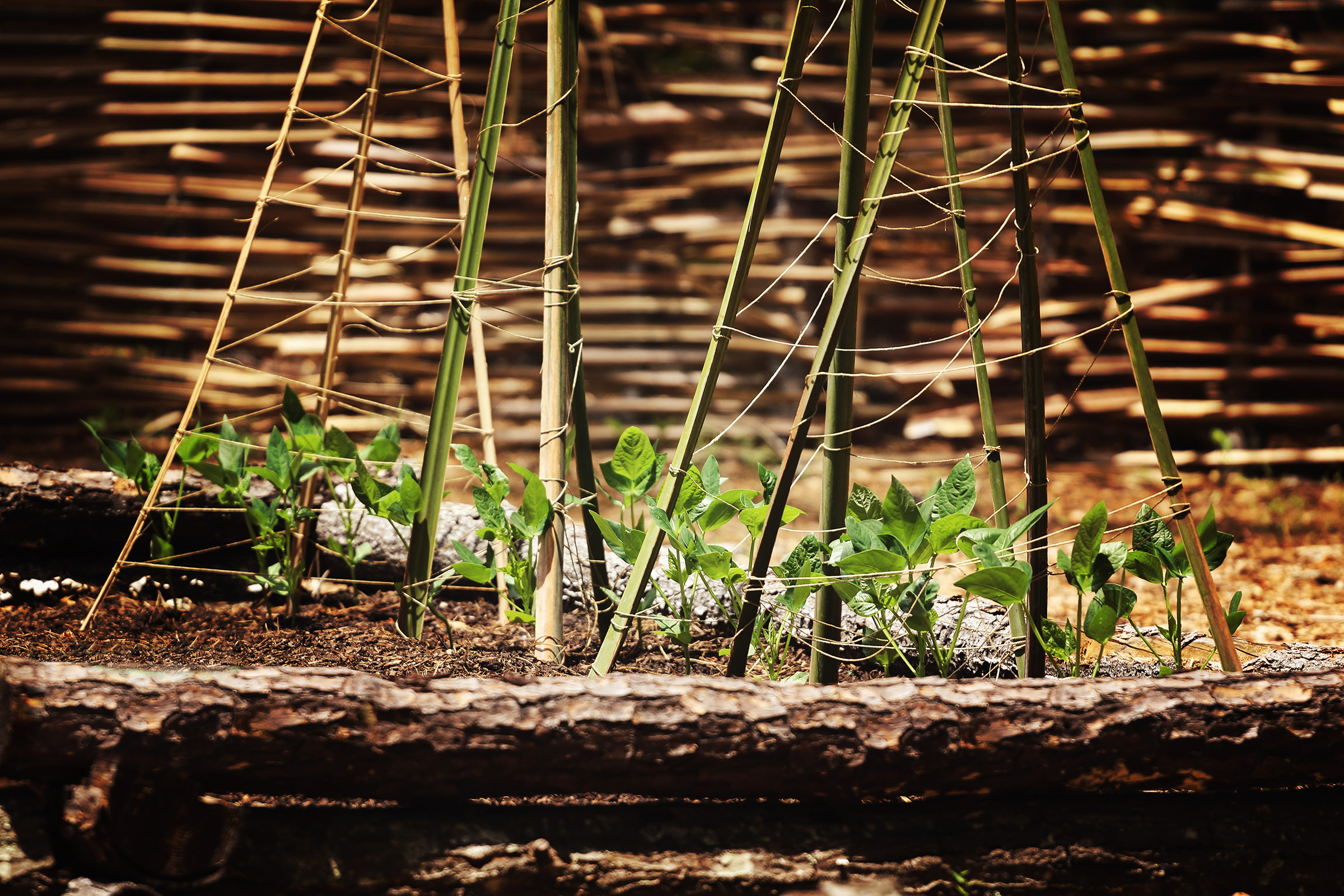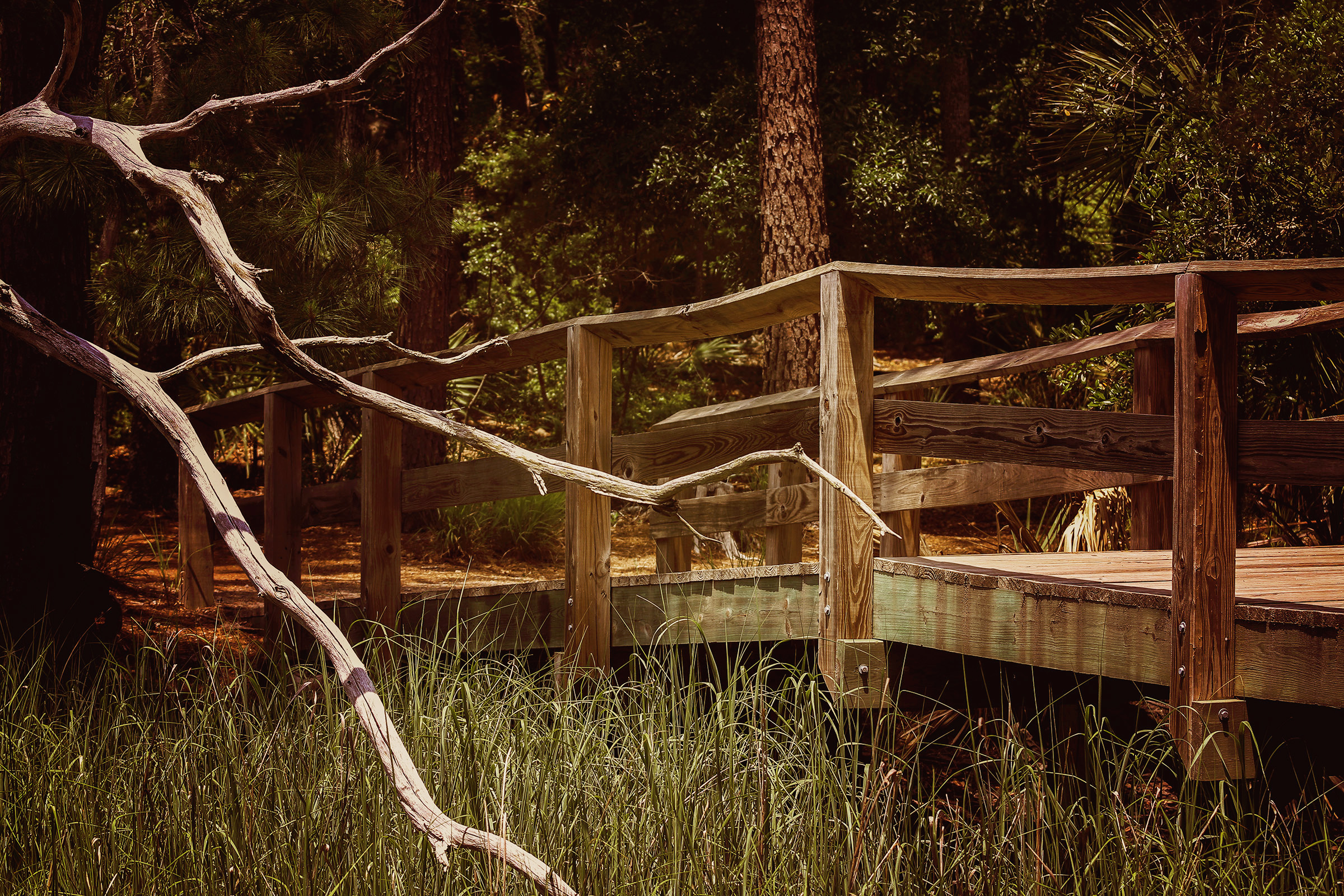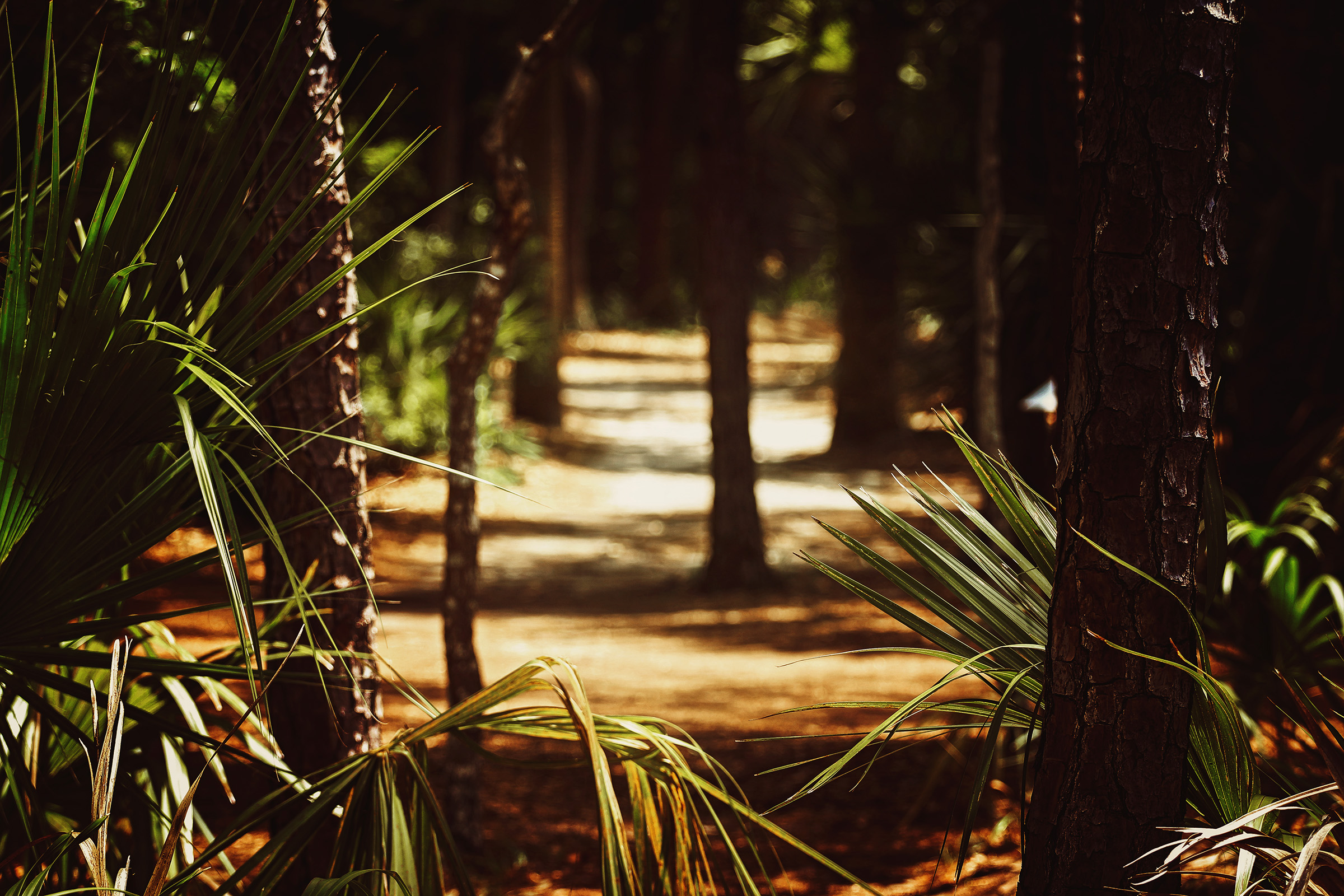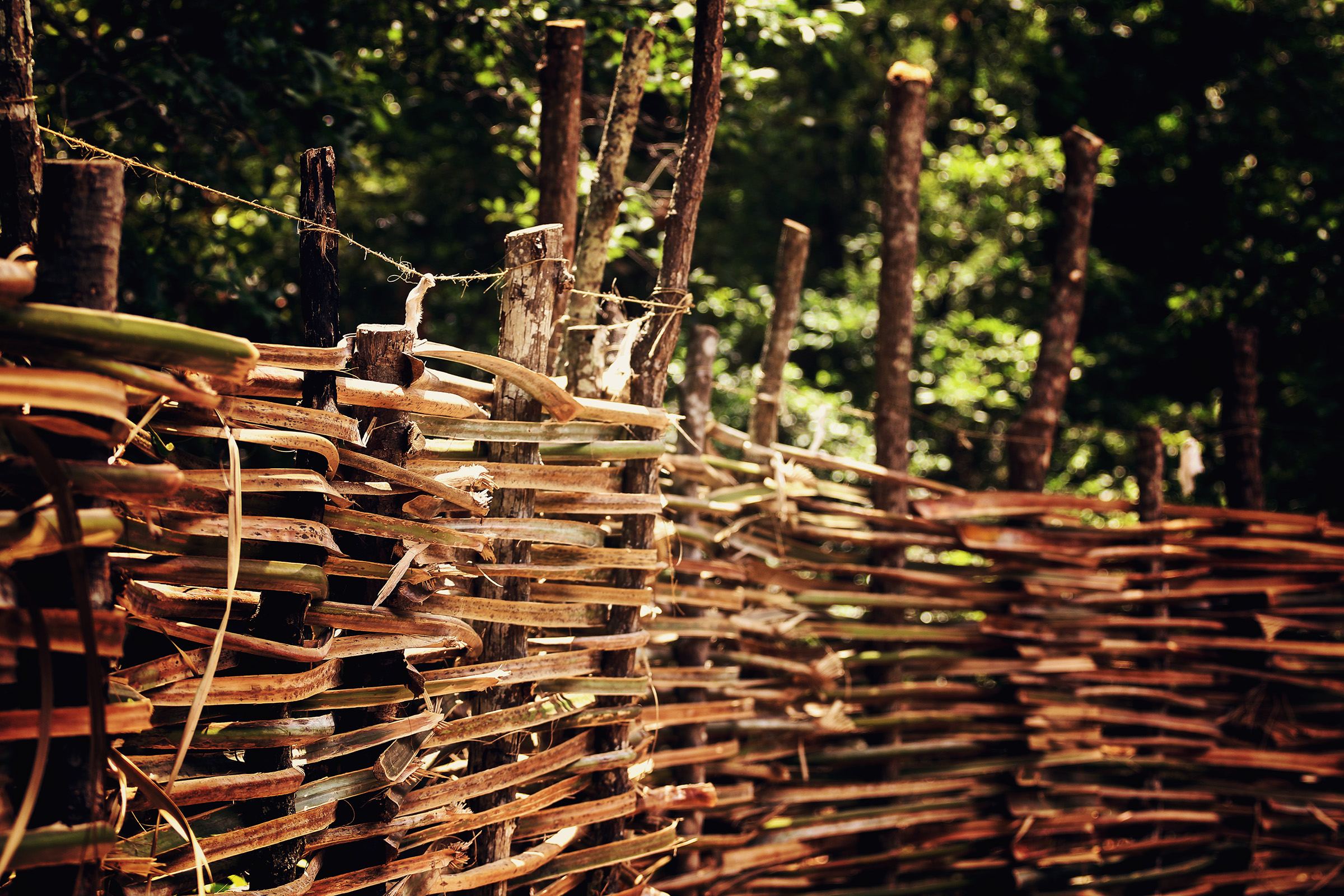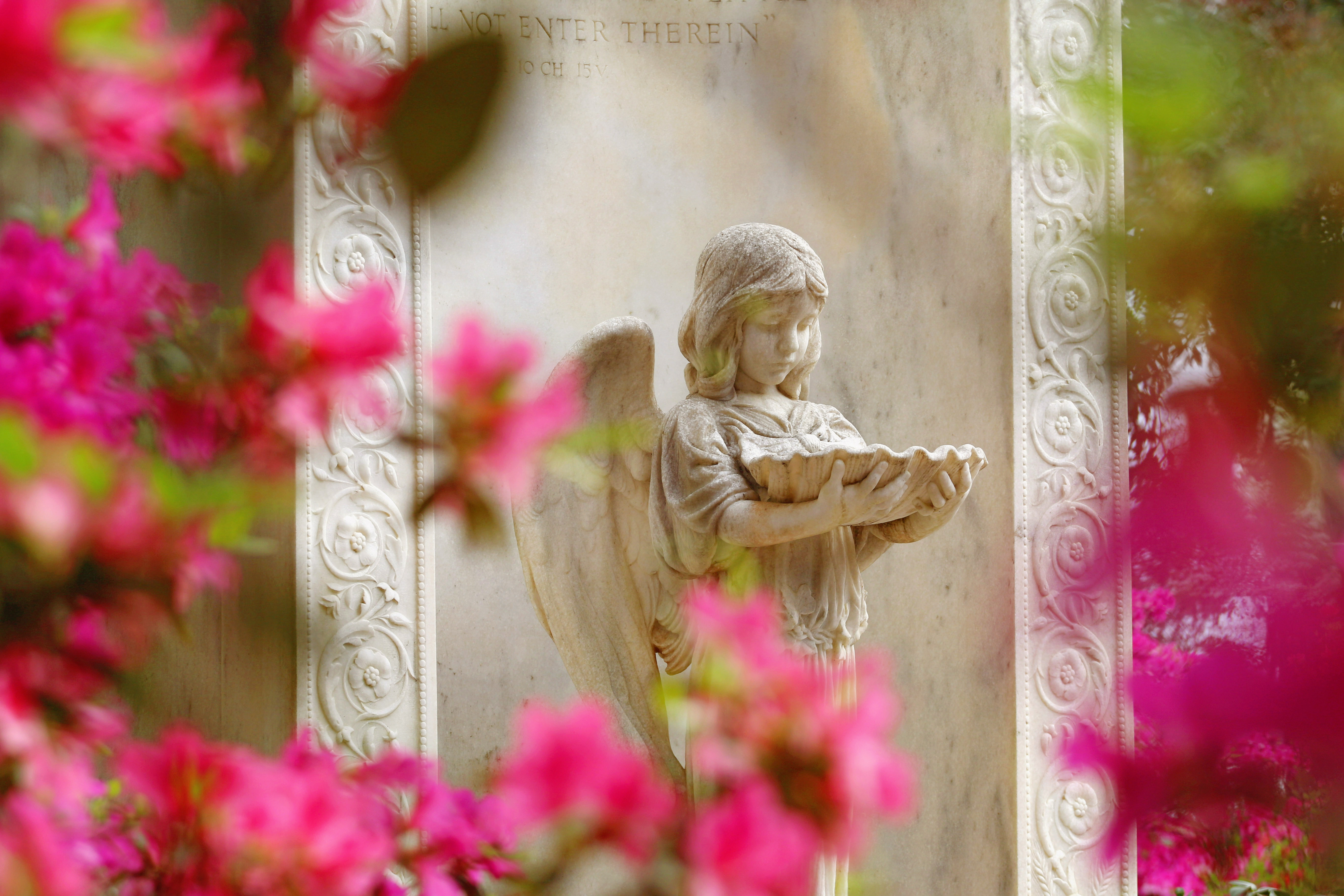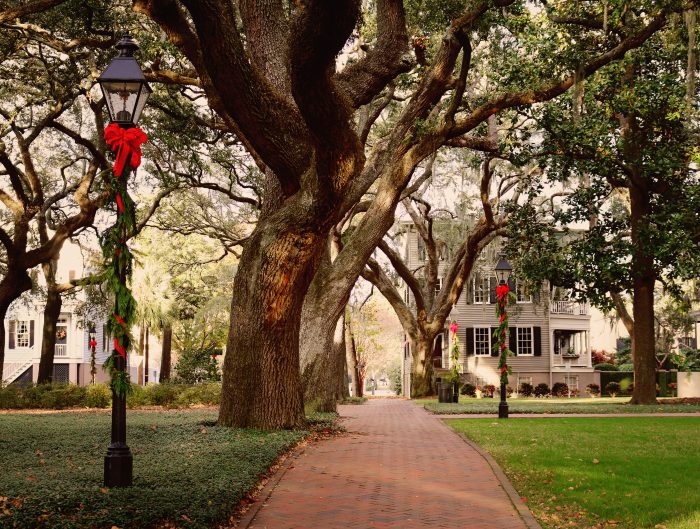“Such is the beauty of this old city that she has been christened the Forest City of the South,
— and none can more justly claim the title.” – The Cecil Whig, November 20th, 1869
The grandeur and magnificence of Savannah’s wildly beautiful, ancient live oaks, shrouded in silvery, angelic moss, never ceases to captivate every witness. Oak trees compel us to seek the depths of time, life and beauty of which they have always been a valiant testament to. These are sacred beings, exposing our spirituality as we admire their mystique, and offering great lessons in turn. Have you ever wondered why Savannah is such a spiritual city? Known as legendary symbols of strength, knowledge, wisdom, nobility, purity, loyalty and resistance, oak trees have captured hearts since the beginning of humanity. Southern, live oaks are the state tree of Georgia and southern symbol of strength, and here in Savannah, there is a whole forest of them. Originally nicknamed “The Forest City,” Savannah has only grown in this capacity, proudly displaying an impressive, perfect blend of nature and urban living that only blossoms with time. The name “Live Oak” comes from the fact that these evergreen trees remain “alive” throughout the winter, maintaining their beautiful, green canopy year-long. But if “live” means “having life,” there is more than meets the eye. The further we explore the complex intricacies of these special creatures, the more we awake to a vast, hidden network, guarded by one of the oldest, living organisms in the world.
Trees pursue us and lead the way to unknown territories filled with grace and magic. It’s no secret these southern, live oaks are the South’s greatest Muse, faithfully revealing hidden truths as we seek to understand them. They are loved because they grow with us. We share in their journey, as they share in ours, and sometimes we form a companionship. While sitting beneath their large, looming branches in one of Savannah’s squares, have you ever stopped to wonder who might have sat there before you and looked up at those very same branches? Who might have pondered the very same questions as you and felt peace and solace in that solitude? What secrets were exchanged? A Savannah favorite, The Majestic Oak, is believed to be between 300 and 400 years old, as is The Candler Oak, a designated Georgia Landmark, Historic Tree and the oldest living landmark in the area. Can you imagine the stories these trees could tell? As Savannah was founded in 1733, many trees have witnessed the city’s entire life story and have existed long before any of us were born. To put that date in perspective, The United States of America was founded in 1776, 43 years later. We can sense this history when we stand in the presence of the trees. We see the scars, the tangled vines, the twisted, crooked forms, the weathered bark and other forms of life growing on and around their many features. We understand these are more than just trees.
Now consider the Acorn, also known as the “fruit of the oak.” Imagine what may become of a single, tiny seed. Just one acorn may transform into a Mighty Oak, which may then become a forest – a gentle reminder that from little things, big things grow. As you pay witness to your surroundings and discover your own path, remember the quiet miracles and subtle beauty growing around you, and remember that nature and life have a natural course. All the seeds planted before you, and all the seeds you plant in this lifetime have a purpose, and they will grow and multiply in ways unforeseen. But they will grow.
Which brings me to this blog. When I first heard of Savannah’s original nickname “The Forest City,” it became the lens through which I saw and experienced everything around me. What I had come to know and believe about Savannah over the course of a decade now existed within the framework of this new perspective. I began incorporating this concept into my photography and considered it might be worth sharing someday. After a cascade of events led me back to Savannah from New York City, I was determined to create something with this vision. One day, I took my camera to a local cemetery, as I sought quiet reflection and inspiration. While walking by a special, favorite plot of mine, I paused and said a prayer with tears in my eyes, unsure if I was doing the right thing. When I looked up, I saw acorns carved into a monument I had passed by many times before, yet somehow missed. Was it just a carving of vines the last time I looked? Was I not paying attention? It seemed so obvious now; how could I have missed it? I had been collecting oak tree branches and acorns to sketch, I had been thinking of the meaning and symbolism of acorns and the powerful connection to Savannah and her story, and there I was looking for affirmation, and a voice said, “Here. Look right here.”
In 1891, trees were planted by the city in a structured, organized manner along streets, parks and squares, the same way you see them today. In 1896, The Park and Tree Commission was established to ensure the growth and beautification of Savannah’s urban forest, creating and administering sound urban forestry practices. The Savannah Tree Foundation, a 34-year-old non-profit, urban and community forestry organization, works to preserve, protect and plant canopy trees in Savannah and Chatham County, GA. A separate Park Maintenance Program provides full landscape maintenance services. Savannah has been recognized by the National Arbor Day Foundation as a “Tree City USA” since 1985 and has also received Tree City USA Growth Awards for its urban forest programs enough times to be labeled a “Sterling Level Tree City.” The Georgia Urban Forest Council, founded in 1988, is a non-profit organization that works to raise awareness toward improving and maintaining Georgia’s community of forests. They are currently developing a Landmark and Historic Tree Register that recognizes those individual trees and groups of trees that have been designated as significant based on their importance to national, state, or community history. This could include contributions to the development of landscape architecture, forestry, city planning, culture, event association, aesthetic value and historical significance. Trees recognized in this register are divided into two categories: Landmark – those trees that are an integral part of an individual community and its heritage, and Historic – those trees in Georgia that are important to the culture and history of the state or nation.
Soon, a master tree plan was developed, and in 2010, Forsyth’s Arboretum came to be. Twelve acres of Forsyth Park’s north end were dedicated as a botanical garden, devoted to an impressive 50 species of trees, such as: southern magnolia, live oak, gingko, green ash, sycamore, beech, laurel oak, pecan, red maple, and willow oak, each with a marker identifying the botanical and common name. Other trees, such as the palmetto, sweet gum, black gum, dogwood and crepe myrtle are all commonly seen around Savannah. That’s a lot to be proud of and should be recognized, so as you admire the beautiful scenery in Savannah, remember to give thanks to the many voices and hands that help to maintain the true spirit of The Forest City and one of the greatest urban forests in the world.
As part of our journey, we’ll visit historic trees, including those on “Georgia’s Champion Tree List” and those in the Live Oak Society, and we’ll stake out many others. Keep in mind, these trees are a piece of living history and true, old souls. They are truly what define Savannah and much of The South as we know it, and they offer invaluable resources, starting with the air we breathe. Trees sustain all forms of life and preserve the well-being of all future generations. Where do you think the phrase “The Tree of Life” comes from? William Hendriksen, author of More than Conquerers, poetically interprets this metaphor as being “Collective, just like ‘avenue’ and ‘river.’ The idea is not that there is just one single tree. No, there is an entire park: whole rows of trees alongside the river; hence, between the river and the avenue. And this is true with respect to all the avenues of the city. Hence, the city is just full of parks, cf. Rev. 2:7. Observe, therefore, this wonderful truth: the city is full of rivers of life. It is also full of parks containing trees of life. These trees, moreover, are full of fruit.” This and other biblical references to trees provide us with infinite hope. I love how Arthur Roberts, author of Exploring Heaven, describes Heaven in these words: “Present will be the glories of the primitive, the great forests, the pure streams, the stillness of an Arctic night, the sonorous cadence of crickets on a summer evening, the beauty of sunsets over the prairie. Present will be the structures more beautiful and functional than medieval cathedrals or modern towers. Heaven is depicted biblically as the city of God, with verdant healing trees lining streets of transparent beauty.” If trees hold this much meaning in heaven, what purpose do they serve on earth? Is it possible they exist in both worlds? Is it possible these worlds overlap?
The gallery of photos presented here were taken at Wormsloe State Historic Site, which includes a dense maritime forest that predates European settlement. A detailed history and comprehensive gallery of photos, specifically relating to Wormsloe, will be available on this website in the near future. With its Native American history, military past, plantation and country residence charm, farming roots, coastal scenery, formal gardens, ancient trees and scenic walking paths, it’s no wonder Wormsloe has become a symbolic “gateway” to the city and its past. As you pass through the entrance and into the cathedral of trees, it feels as though you’re traveling to that place. Notice the architectural details carved into the gate, as you enter. What do you see? While this prominent feature seems to sneak by unnoticed, you will find two cast stone, acorn finials flanking the arched opening. Can you think of a more fitting symbol to represent such an iconic, 1.5 mile-long, oak-lined driveway in this lovely Forest City? The Wormsloe entrance gate serves as a reminder of where the forest came from. It started with a seed. Now look closely at the new growth and signs of life peeking out from every corner…from living and fallen branches, tree crevices, patches of grass and dirt, tree stumps, bark, piles of dead leaves, stone slabs, iron fences and dripping moss. A forest knows how to rebuild itself. In nature, life always finds a way.

